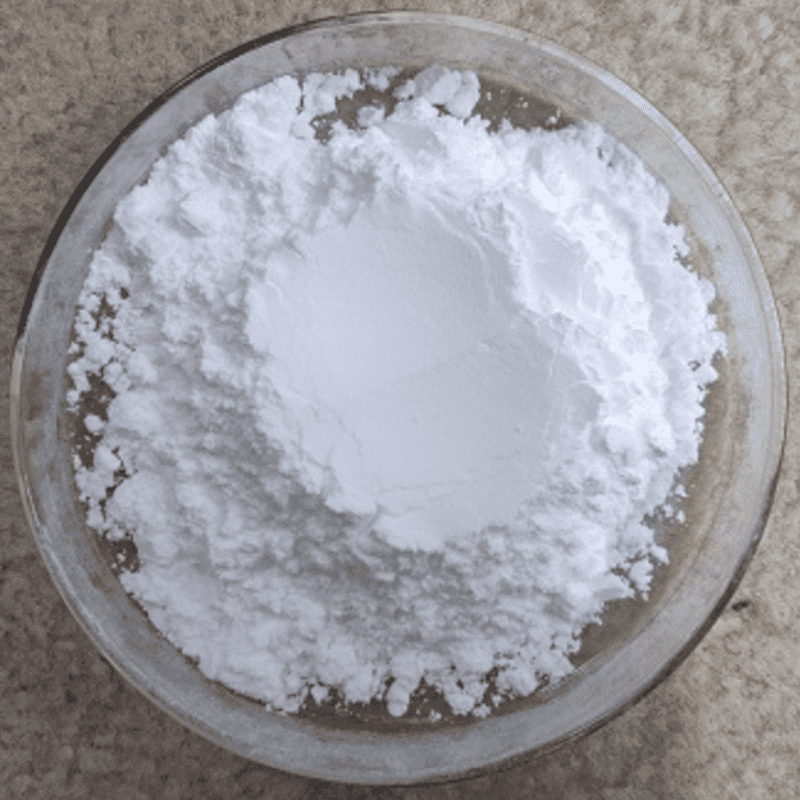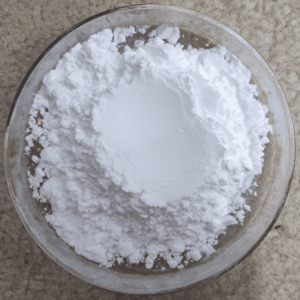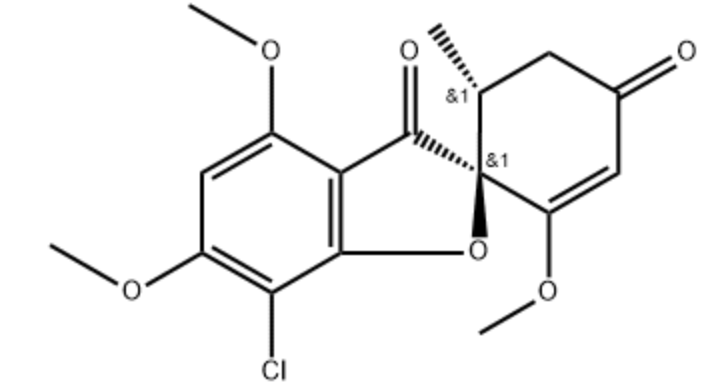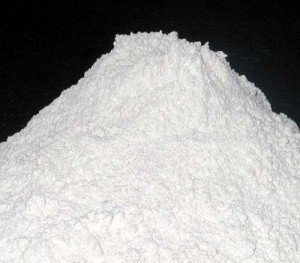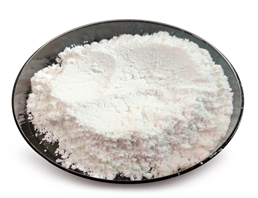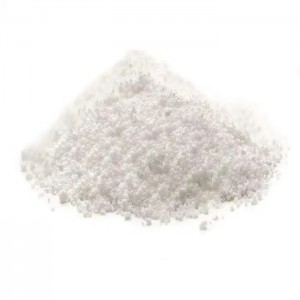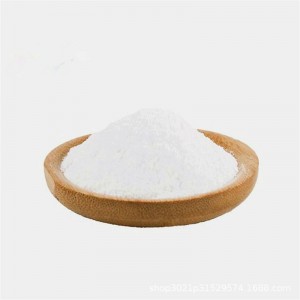| Basic Information | |
| Product name | Griseofulvin |
| Grade | pharmaceutical grade |
| Appearance | White to yellow-white powder |
| Assay | 99% |
| Shelf life | 3 Years |
| Packing | 25kg/carton |
| Characteristic | Practically insoluble in water, freely soluble in dimethylformamide and in tetrachloroethane, slightly soluble in anhydrous ethanol and in methanol |
| Condition | Keep the container closed in a dry, well-ventilated place. |
Genearl description of Griseofulvin
Griseofulvin is a non-polyene class antifungal antibiotics; it can strongly inhibit the mitosis of fungal cell and interfere with the fungal DNA synthesis; it can also bind to tubulin to prevent fungal cell division. It has been applied to clinical medicine since 1958 and has currently been widely used for treating the fungal infections of the skin and the stratum corneum with strong inhibitory effects on Trichophyton rubrum and Trichophyton tonsorans, etc. Griseofulvin is not only a widely used antibiotic for clinical treatment of fungal infections of the skin and cuticle, but also applied in agriculture for prevention and treatment of fungal diseases; for example, it has a special efficacy on treating a kind of candidiasis in apple which can cause infection during pollination.
Indications of Griseofulvin
In medicine, this product is suitable for the treatment of a variety of ringworm, including tinea capitis, tinea barbae, body tinea, jock itch, foot tinea and onychomycosis. The various kinds of tinea mentioned are caused by various fungi including Trichophyton rubrum, Trichophyton tonsorans, Trichophyton mentagrophytes, Fingers Trichophyton, etc., and Microsporon audouini, Microsporon canis, Microsporon gypseum and Epidermophyton floccosum, etc. due. This product is not suitable for treatment in mild cases, localized infection cases and cases which can be treated with topical antifungal agents. Griseofulvin is not effective in treating the infections of a various kinds of fungi such as Candida, Histoplasma, Actinomyces, Sporothrix species, Blastomyces, Coccidioides, Nocardio and Cryptococcus species as well as treating tinea versicolor.
In agriculture, this product is first introduced by Brian etal (1951) for control of plant diseases. According to previous studies, it can be used for prevention of melon (melon) vine blight, crack spread disease, watermelon blight, anthracnose, apple blossom rot, apple cold rot, apple rot, cucumber downy mildew , strawberry gray mold, gourds hanging blight, powdery mildew of roses, chrysanthemums powdery mildew, rot flower lettuce, early tomato blight, tulip fire blight and other fungal diseases.

